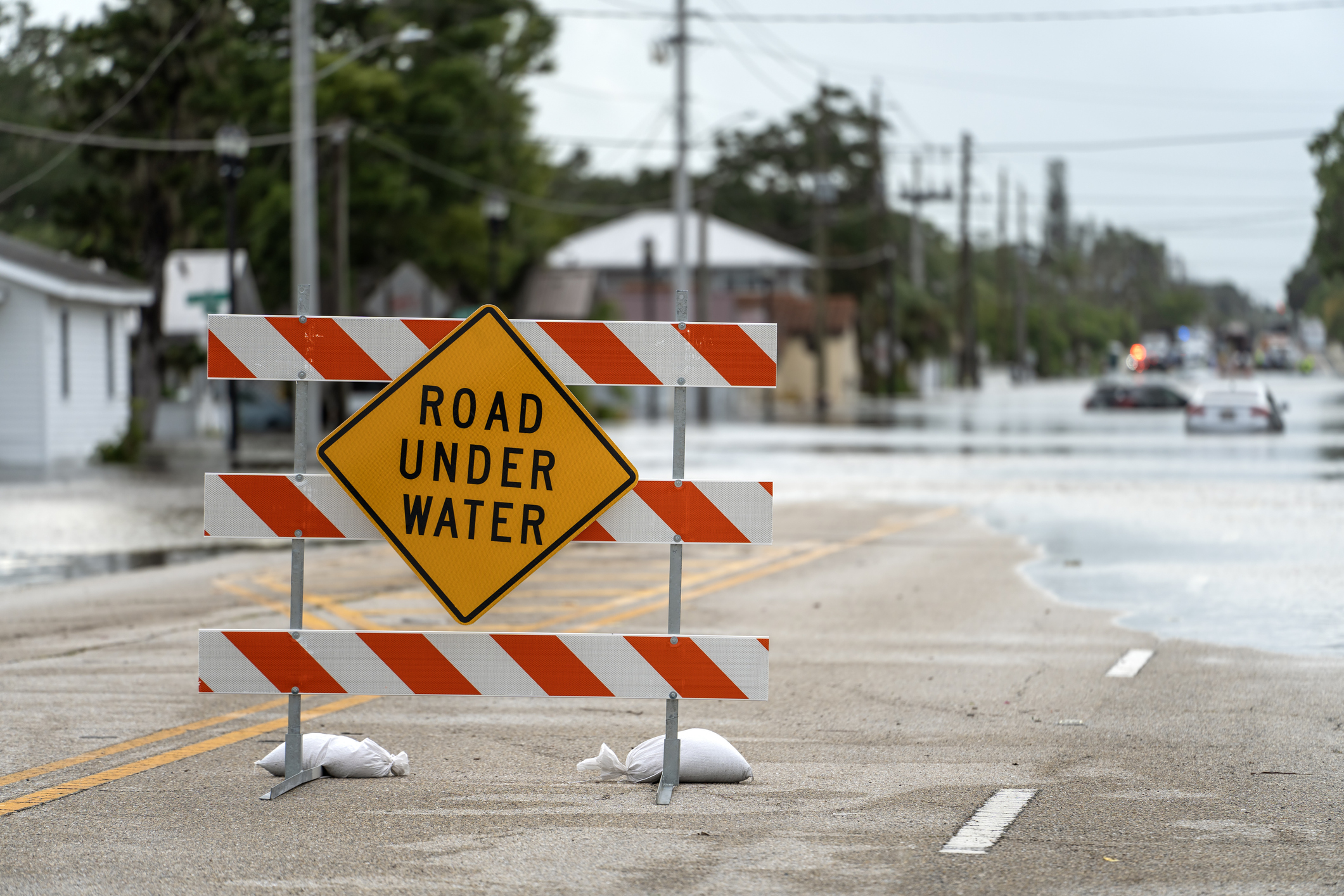
This type of sleight of hand – implying something without evidence or substituting numbers from a different river – is a consistent pattern in the report. Rather than laying out the data and information honestly, there is a driving narrative and selected data is used only when it fits the message.
There are many similar examples.
The report implies that destroying the dams would increase income to commercial fishers. They note that between 2010 and 2019, there was a 41% decline in revenues from the Pacific salmon fishery. There are many interesting things about this claim.

First, why select 2019 as the stopping point? It is 2022 and there are certainly more recent data. It is likely because 2019 was a very low year for the salmon fishery across the Pacific region, making the numbers look particularly bad.
Second, why use data for the Pacific Ocean and not just the Snake River, where the dams in question are located? Again, the implication is that Snake River returns are driving the results. Ironically, by choosing the whole Pacific, the report itself demonstrates that salmon trends are not isolated to the Snake River but are region-wide phenomenon. Ocean conditions and other large factors play a role, so even as anti-dam activists point to the poor runs on the Snake in 2019, the report opaquely admits this was true everywhere.
There are similar problems with their cost estimates as well.
Most basically, the report notes that the projected costs of replacing the functions of the four Lower Snake River (LSR) dams ranges from $10.3 billion to $27.2 billion, with some additional costs not accounted for. That is a tremendous range and indicates the authors’ huge uncertainties about the final cost. Even the $27.2 billion figure, large as that is, is still lower than the $33.5 billion estimate from Congressman Simpson’s proposal to destroy the dams. Is an estimate that could be off by $17 billion – an amount worth more than 150 years of statewide salmon recovery funding at current levels – worth taking seriously? Including a decimal point implies false precision in what are really very rough guesses.

The estimated cost of replacing the electricity provided by the dams shows how widely separated the estimates are. The numbers range from just over $8 billion to in excess of $18 billion.  These comparisons also include a lot of caveats, such as failing to include the cost of new power transmission, and incorporating the cost of increased CO2 emissions. It is also notable that of the three studies the report examined, two were paid for by groups advocating dam destruction.
These comparisons also include a lot of caveats, such as failing to include the cost of new power transmission, and incorporating the cost of increased CO2 emissions. It is also notable that of the three studies the report examined, two were paid for by groups advocating dam destruction.
Additionally, the estimates do not include the potential cost of reducing the amount of dispatchable energy – i.e. energy that can be turned on or off at will to meet changing demand – when Washington is set to add millions of electric vehicles over the next couple decades. Pacific Northwest National Laboratory estimates that with existing generation, Washington would need to import additional natural gas-generated electricity to meet that demand and that electricity costs during peak hours in the Summer could double.
We will have a more comprehensive look at the report over the next week, but the tone and approach of the report is consistent – driving a pre-set narrative that dam destruction is the only solution to salmon runs they say are “continuing to decline” when runs are actually increasing. Washington state taxpayers paid $375,000 for this report. They deserved better, and more honest, results for their money.




